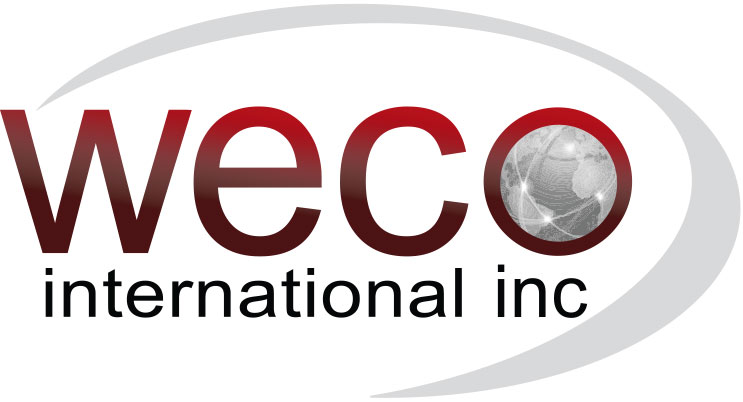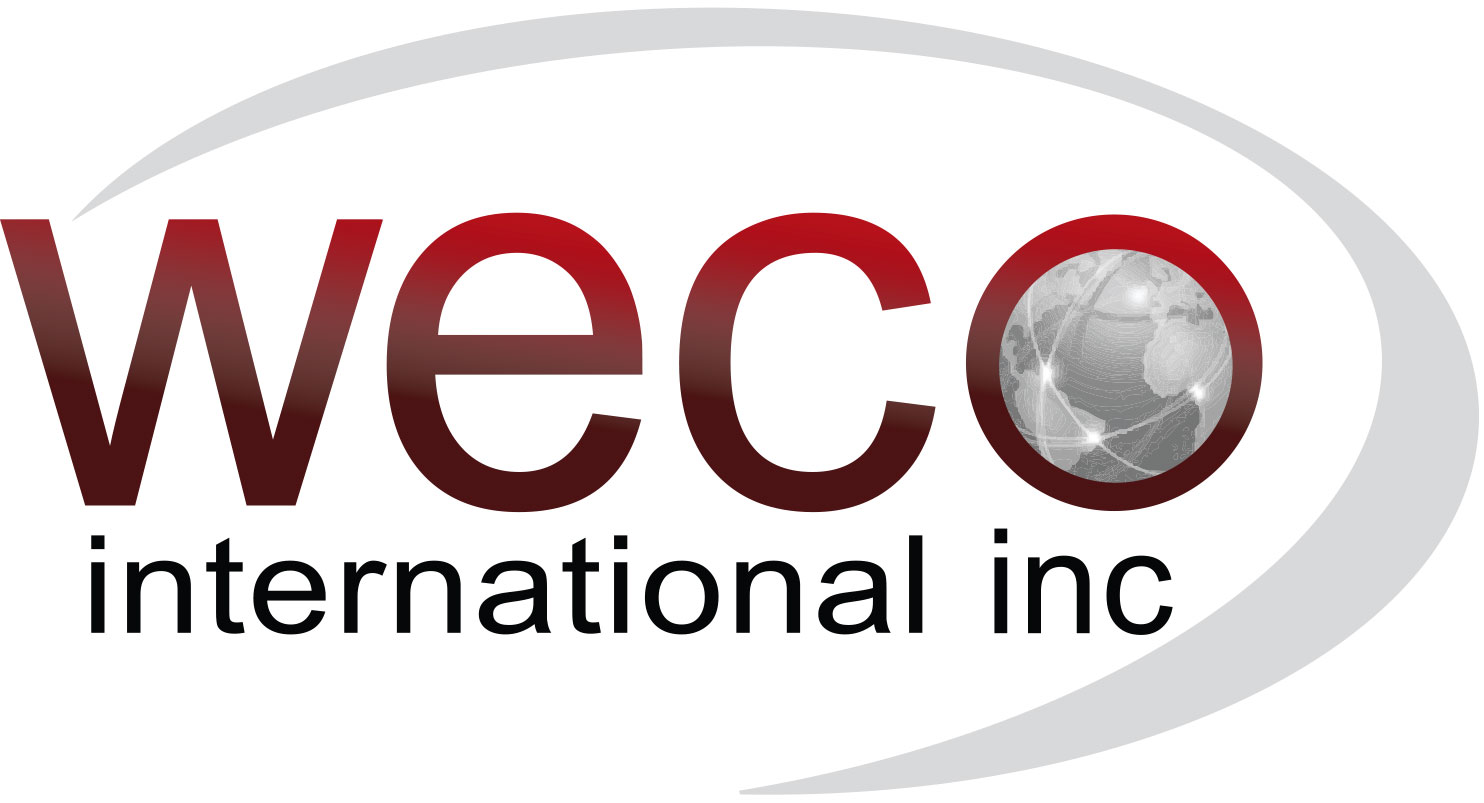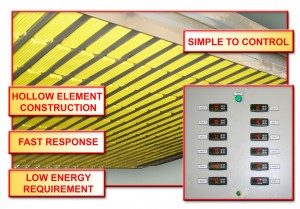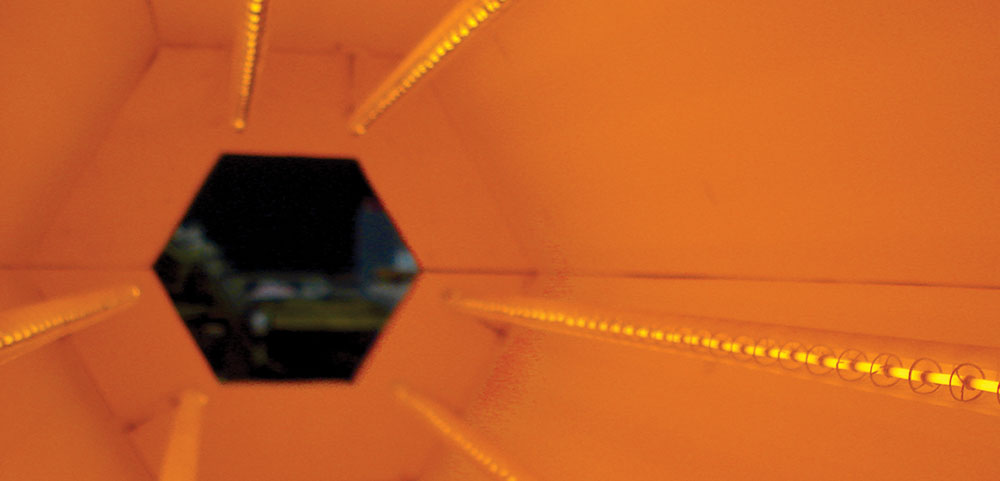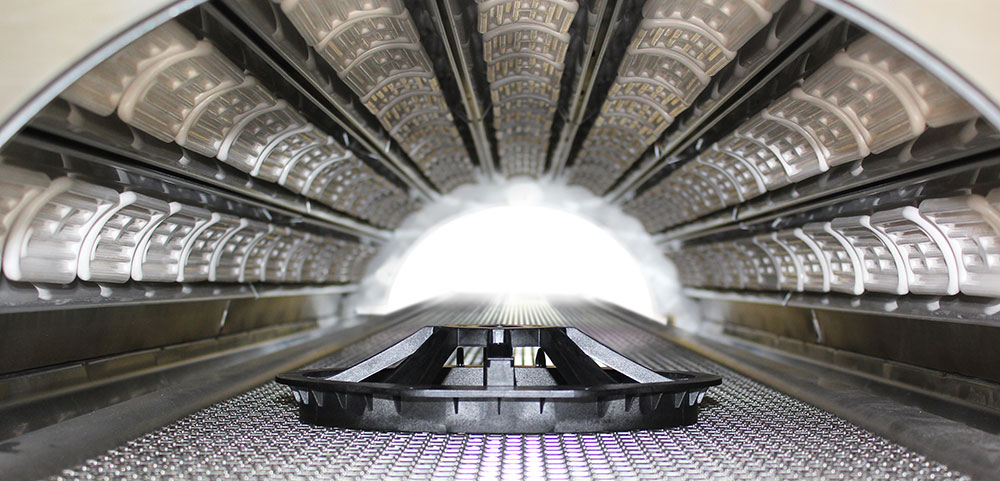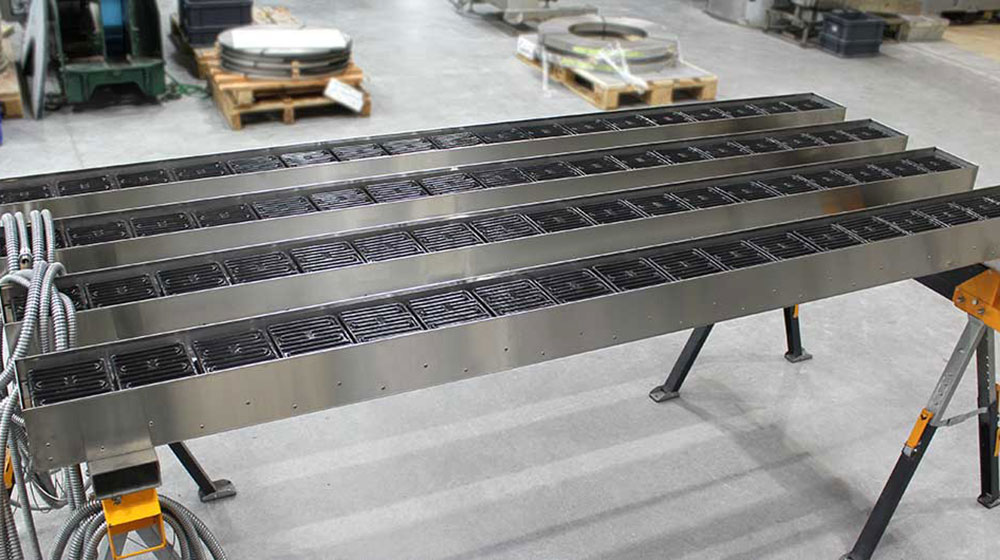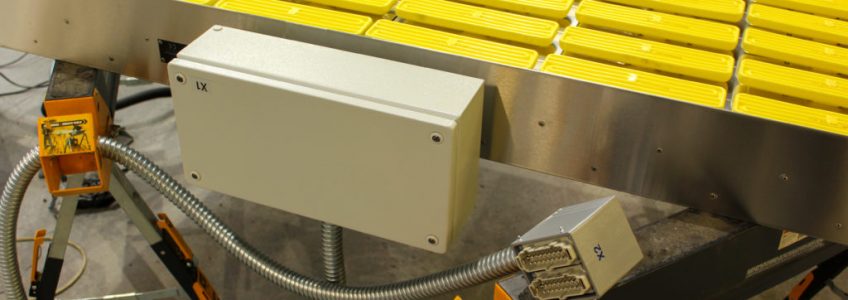
Upgrading an Acrylics Thermoforming Line to Infrared for Insulite Skylights Case Study
CLIENT – Insulite Skylights
APPLICATION – Thermoformed Lighting/Building Products
LOCATION – Santa Fe, New Mexico, USA
Client Needs
The client was in need of upgrading an acrylics thermoforming line to infrared. This helped their ageing and energy-costing plastics thermoforming line to transition to effective infrared based heating. The upgrade also allowed them to remain well within the power constraints for the local electricity grid.
“We bought a gas oven a year before switching to Infrared Heat technology via Ceramicx and WECO International. Frustration grew when as we put a lot of money into it the gas oven and it didn’t work. There were hot and cold spots. There was no way to control the temperature, as we needed to continually use it throughout the day. The oven simply kept getting hotter and hotter. We therefore ended up burning a lot of plastic. In addition there was no way to adjust the temperature for heavier gauge acrylic. We decided that enough was enough after a year and day of burn outs, replacement parts and an expired warranty.”
Jeff Apodaca – Custom Skylights owner
Challenges
In the case of Custom Skylights, 100 watts of energy going through a used incoloy emitter produced only 35 watts of energy as infrared directional energy compared to 96 watts from the Ceramicx element. The remaining energy was convection (rising heat energy) and light energy. The previous production situation allowed for top side heating but the material was absorbing little energy from the old incoloy heating system therefore, much of the energy was lost to convection.
Directional energy (IR) is especially important when heaters are located above the target. Without moving air it would be impossible to utilize the convection energy of an incoloy-based heater when it is above the target. The convection energy rises and is lost to the surrounding environment. With infrared heating the directional energy is always “directed” towards the target and absorbed – thus effectively using the customer’s energy costs.
In terms of physical size, incoloy heaters are typically long, spanning the width of an oven sometimes in excess of 50 -60 inches. This provides very little zone control. The heaters are typically slow to reach set temperature and the surface temperature will vary significantly across its entire length. A ceramic-based heater has a much smaller surface area and can be individually controlled or grouped to create multiple heat control zones within the oven. At Custom Skylights, the parts were typically needing more energy absorption in specific areas to allow the material to form/move without showing defects in the finished product.
The Custom Skylights job also presented WECO International and Ceramicx with the challenge of a limited 208V 200 amperage power supply. A typical oven design of 96” x 100” would normally use 600 watt elements and require over 400 amps to power all the heaters.’
Solutions
WECO and Ceramicx therefore chose to create a 300 watt hollow ceramic infrared heating emitter mounted in polished aluminized steel reflectors. The Ceramicx 96 x 100 inch thermoforming heating system was designed with 12 individual control zones for maximum flexibility and production options. The entire oven and control system was pre-tested at Ceramicx and shipped to WECO International and then Custom Skylights. The oven was installed with predetermined mounting locations, power was landed to the control enclosure and the system was running.
The aluminized steel reflector provided better strength than aluminum, comparable reflectivity and a higher tolerance to heat than stainless steel. The overall design provided the best directional energy for Custom Skylights application. The 300 Watt hollow ceramic emitter stayed within the power requirements. The amp draw of the whole system was kept below 200 amps. And the new system provided the maximum directional energy to the material.
Custom Skylights products are designed to allow transmission of visible light. The clear and transparent materials such as acrylic and polycarbonate can pose difficulty in absorption of energy. WECO and Ceramicx were mindful to best match the IR wavelength to the given materials. Short IR wavelengths in this case were found to provide very little energy absorption. Therefore, a longer wavelength emitter, the Ceramicx brand Ceramic emitter would provided the maximum absorption for his range of polymer materials being thermoformed.
Testimonial
“With this new infrared oven we have not had a single day down since it was installed. The oven runs 8 hrs a day. We can now easily dial in the temperature required and cook different gauges of plastics knowing that our products will come out right the first time. It has cut our production time by 2/3 compared to our old cal rod and gas system. It has also greatly reduced the energy consumption and eliminated the plastic loss due to improper heat distribution.”
Jeff Apodaca – Custom Skylights owner
